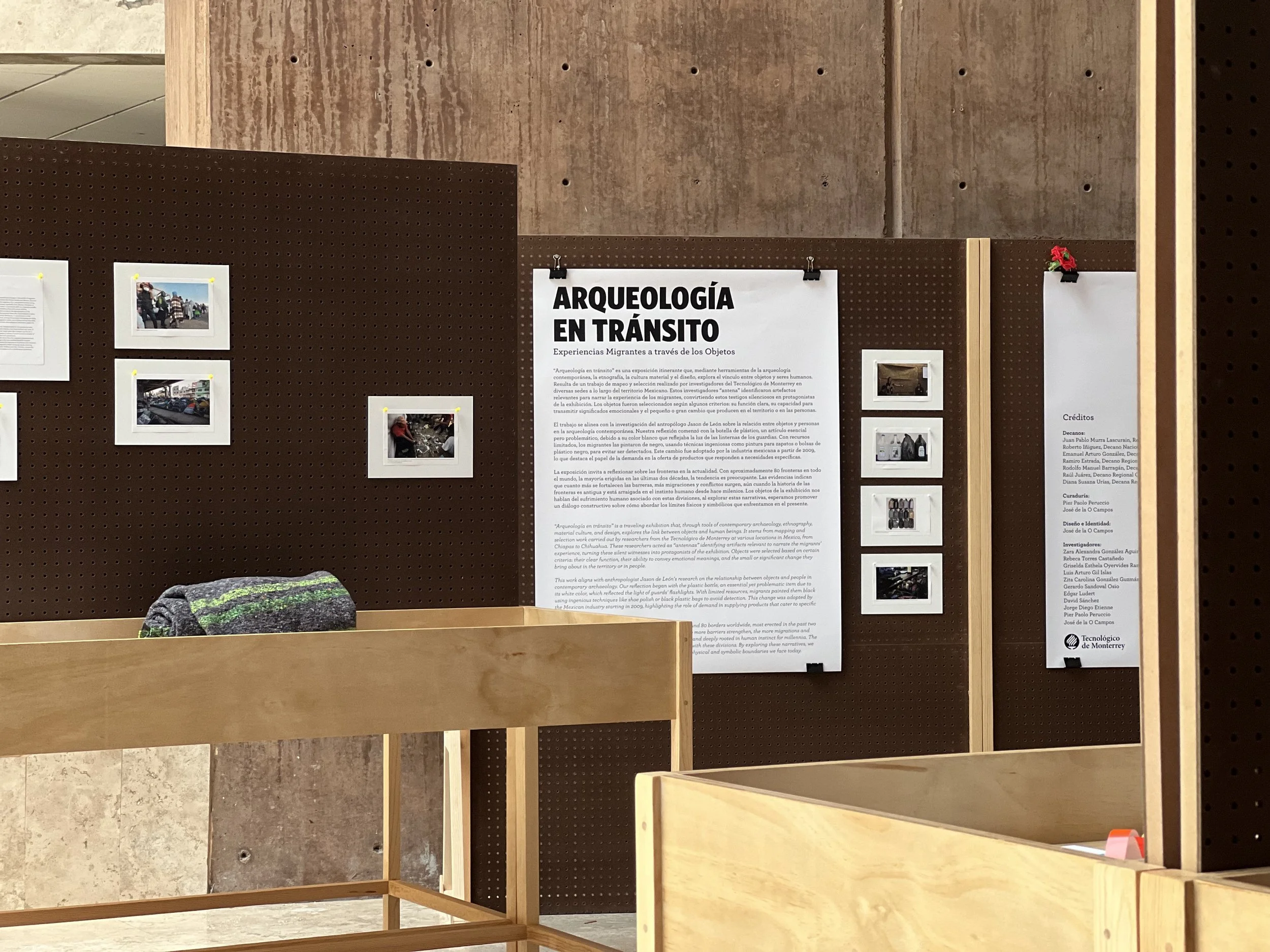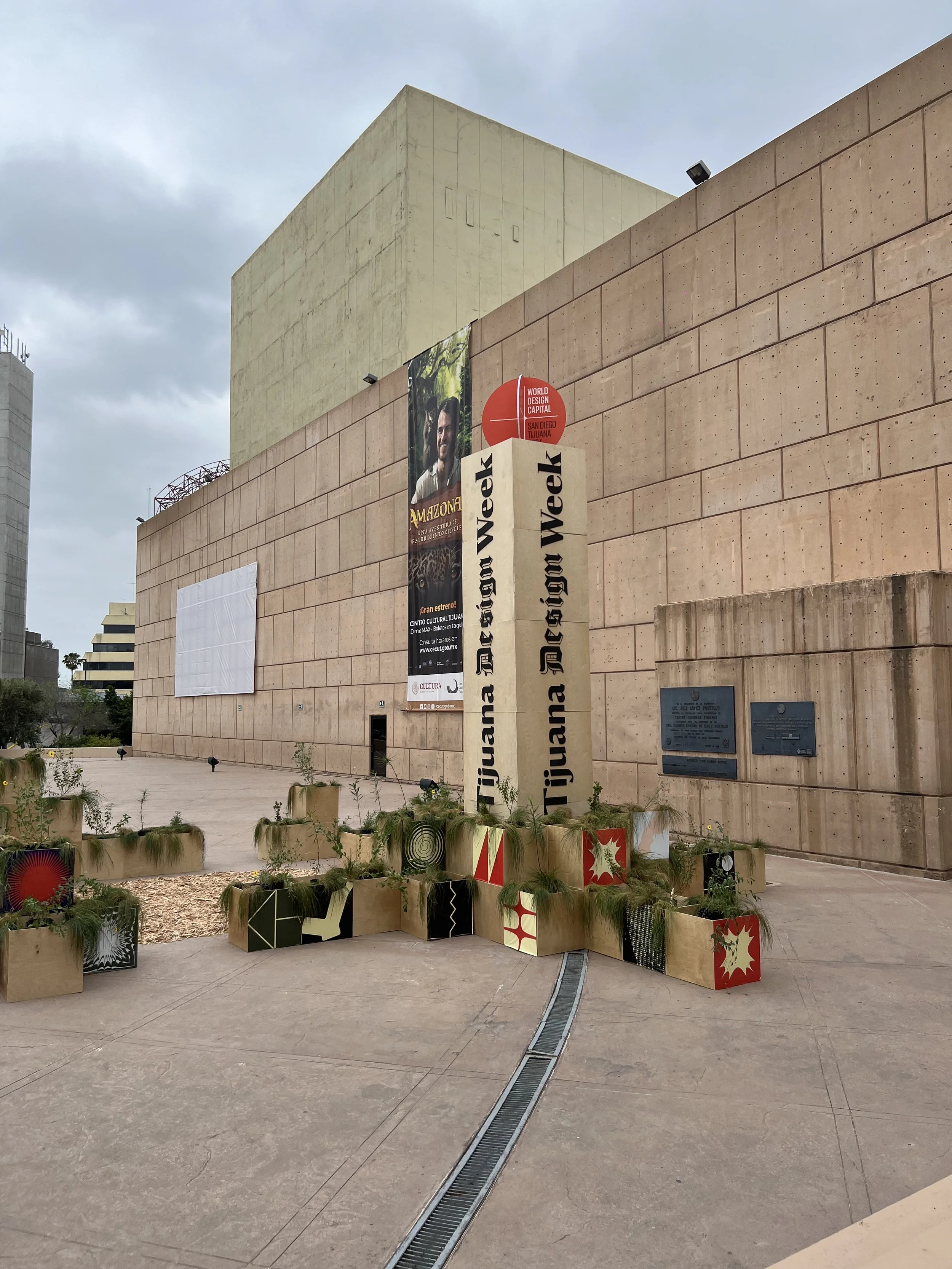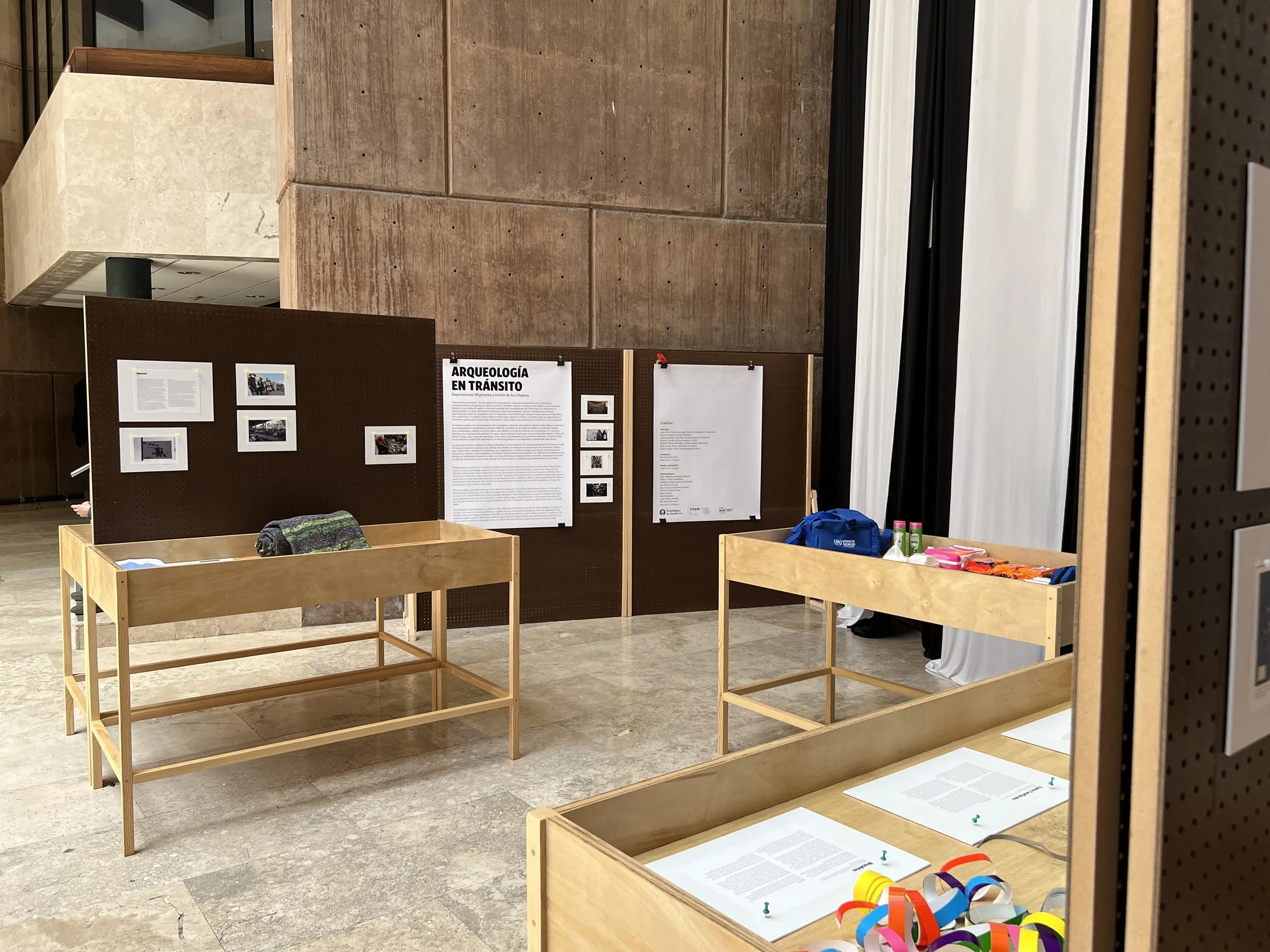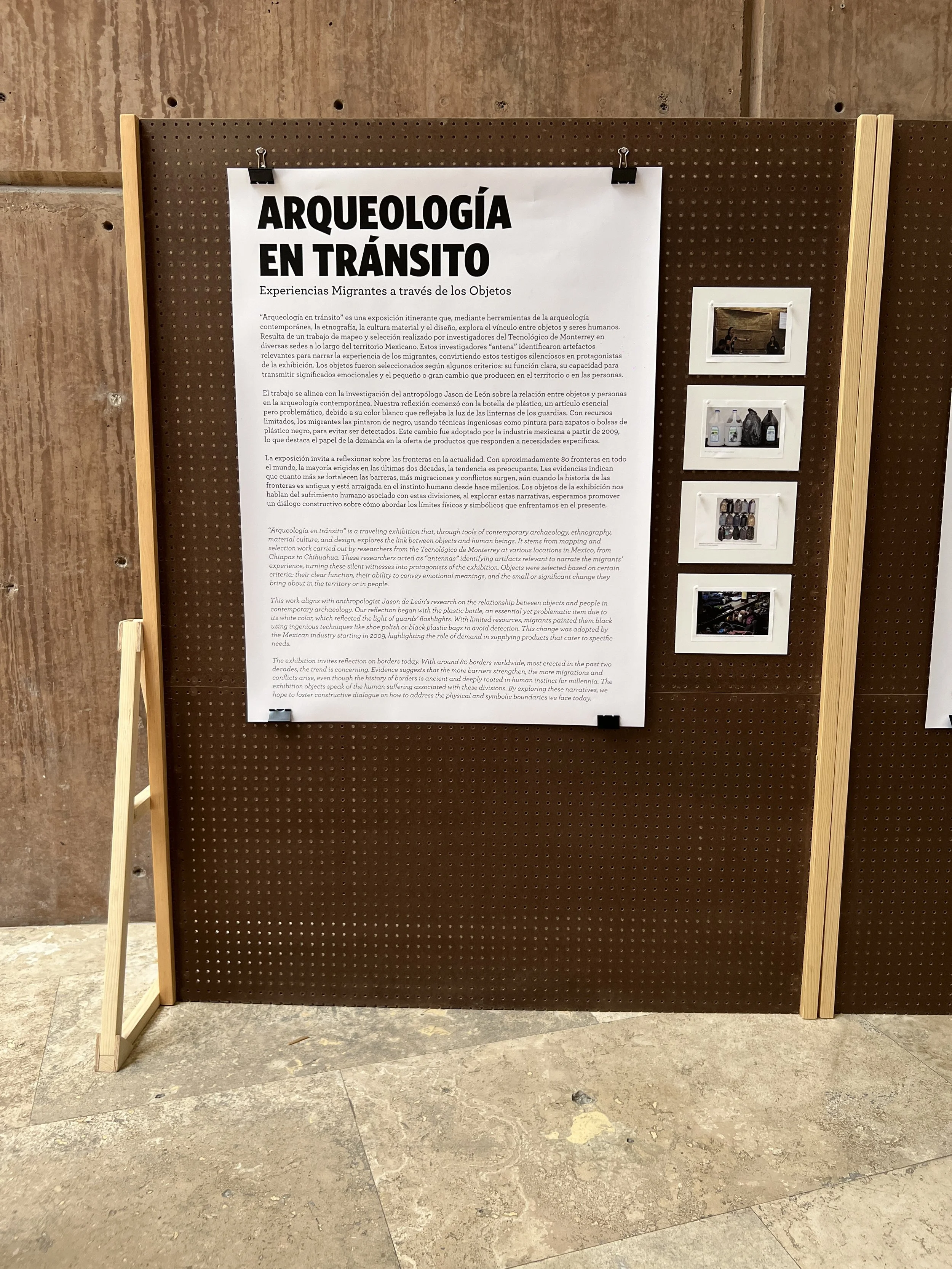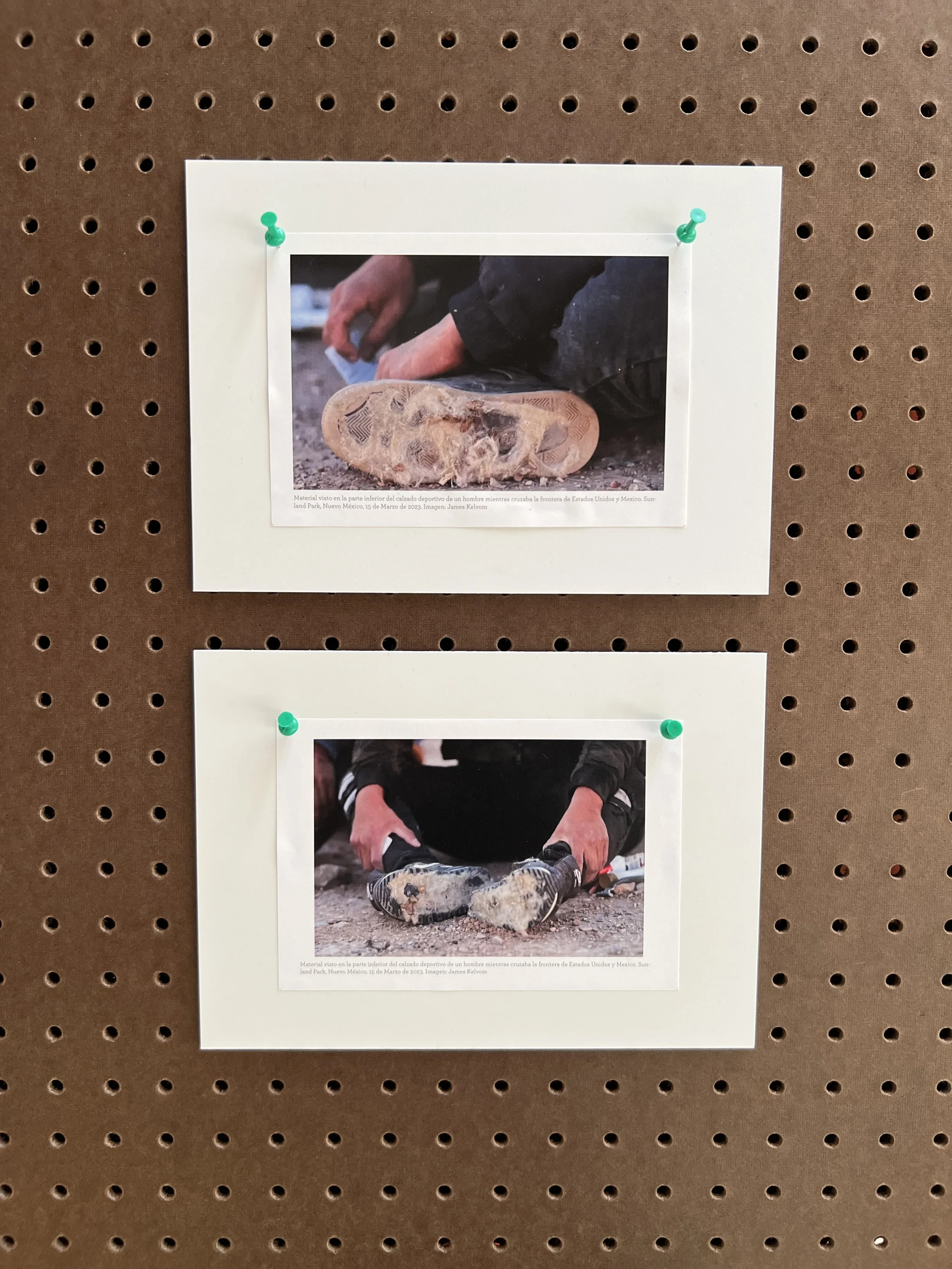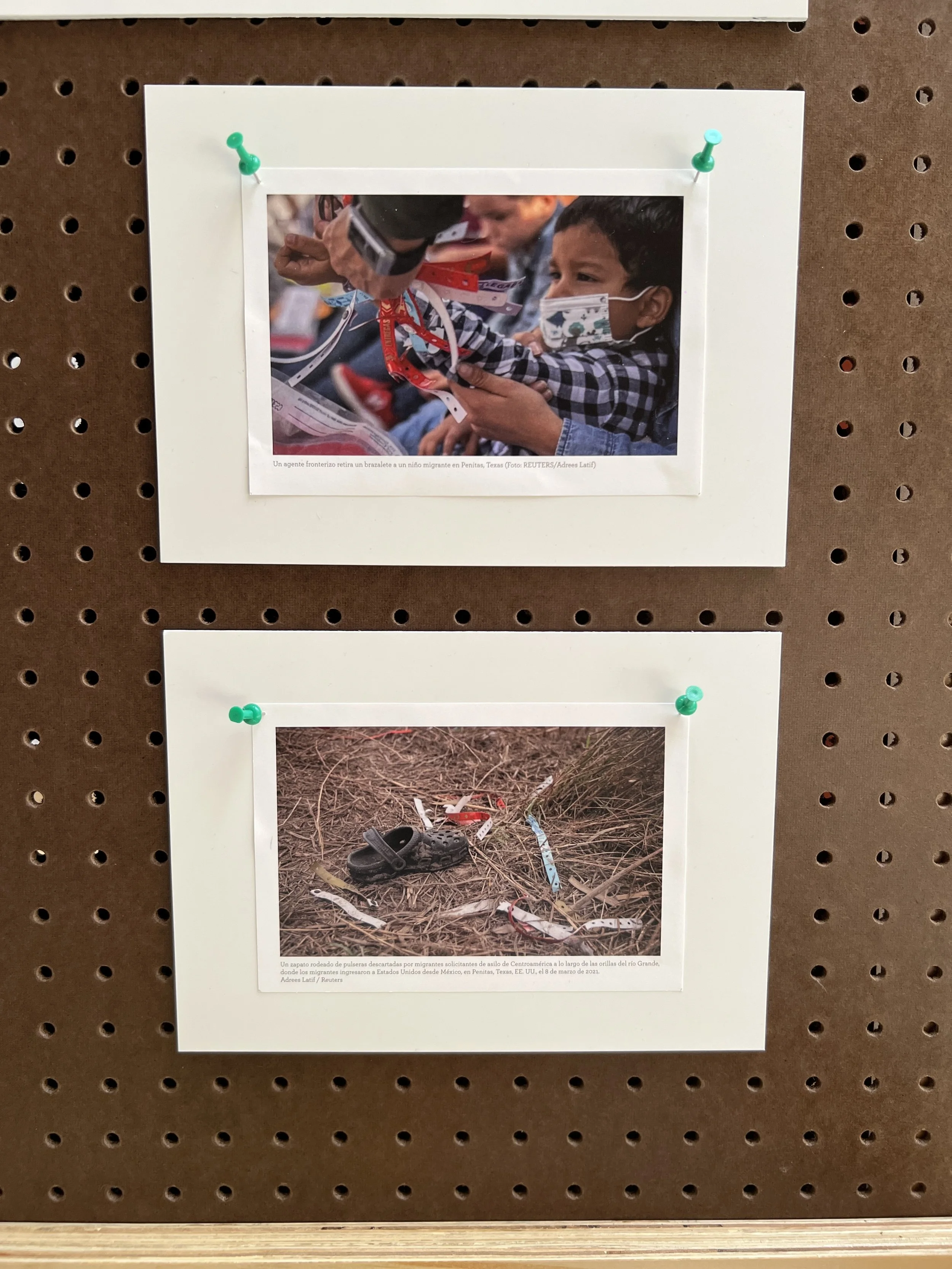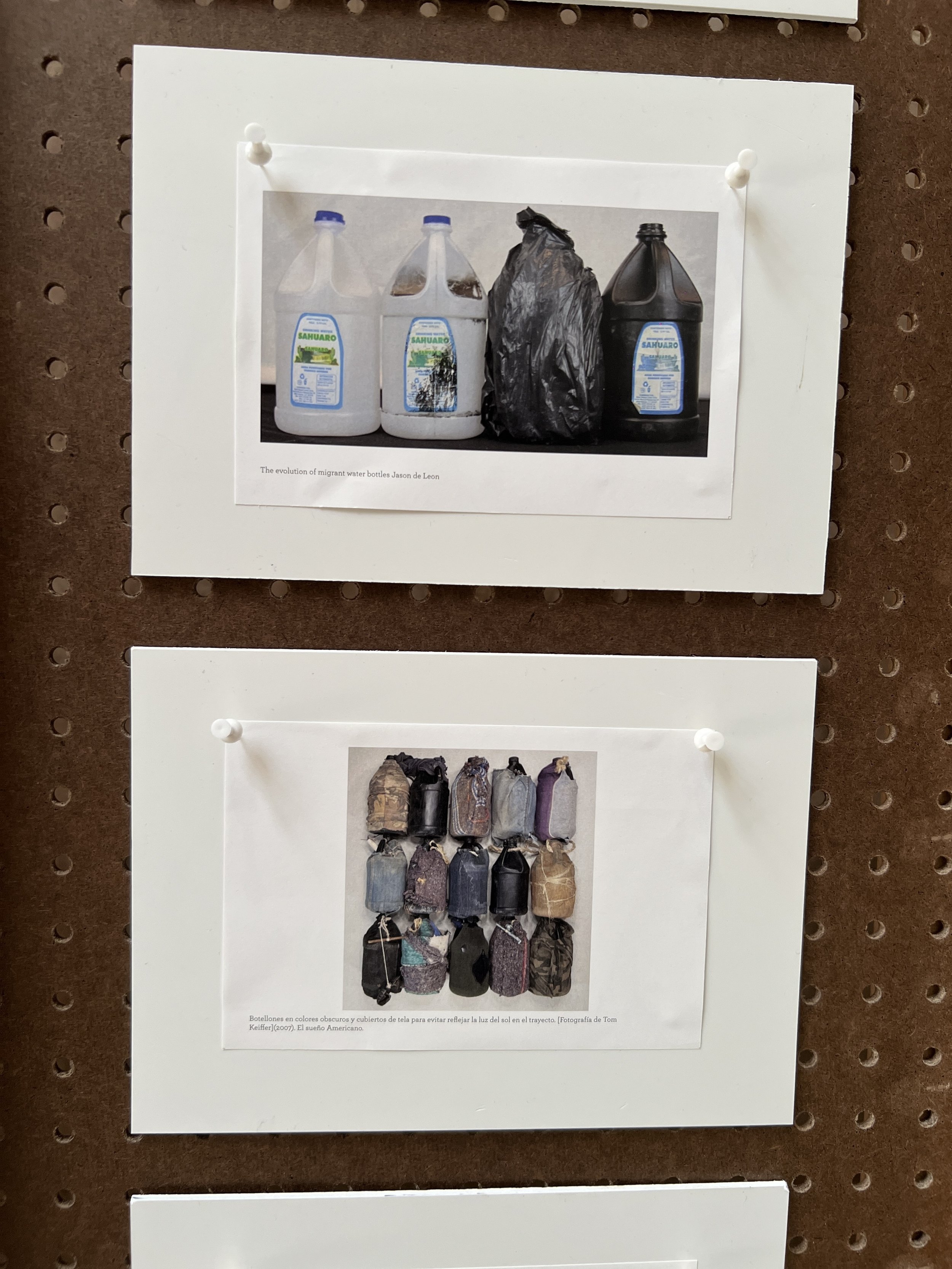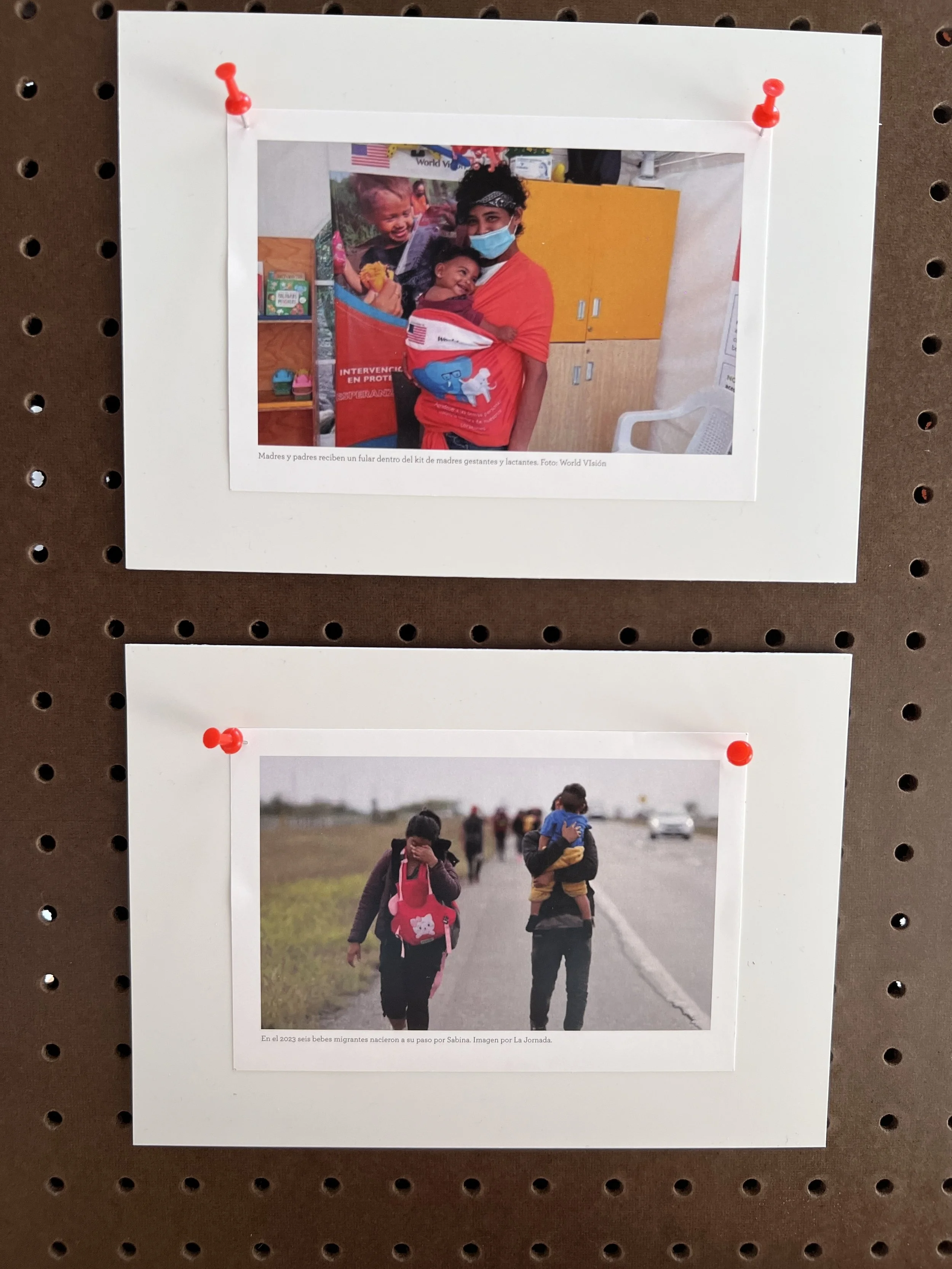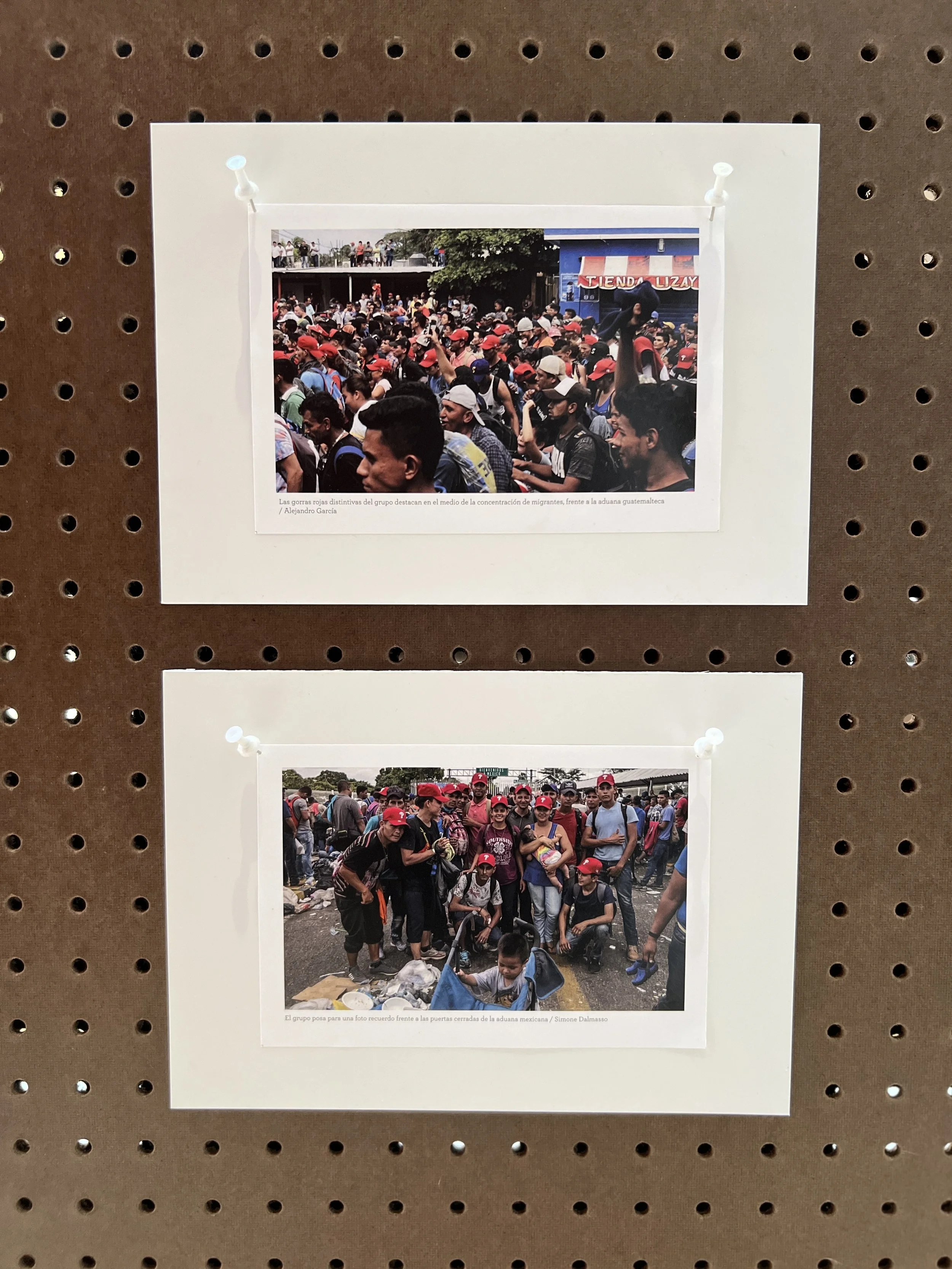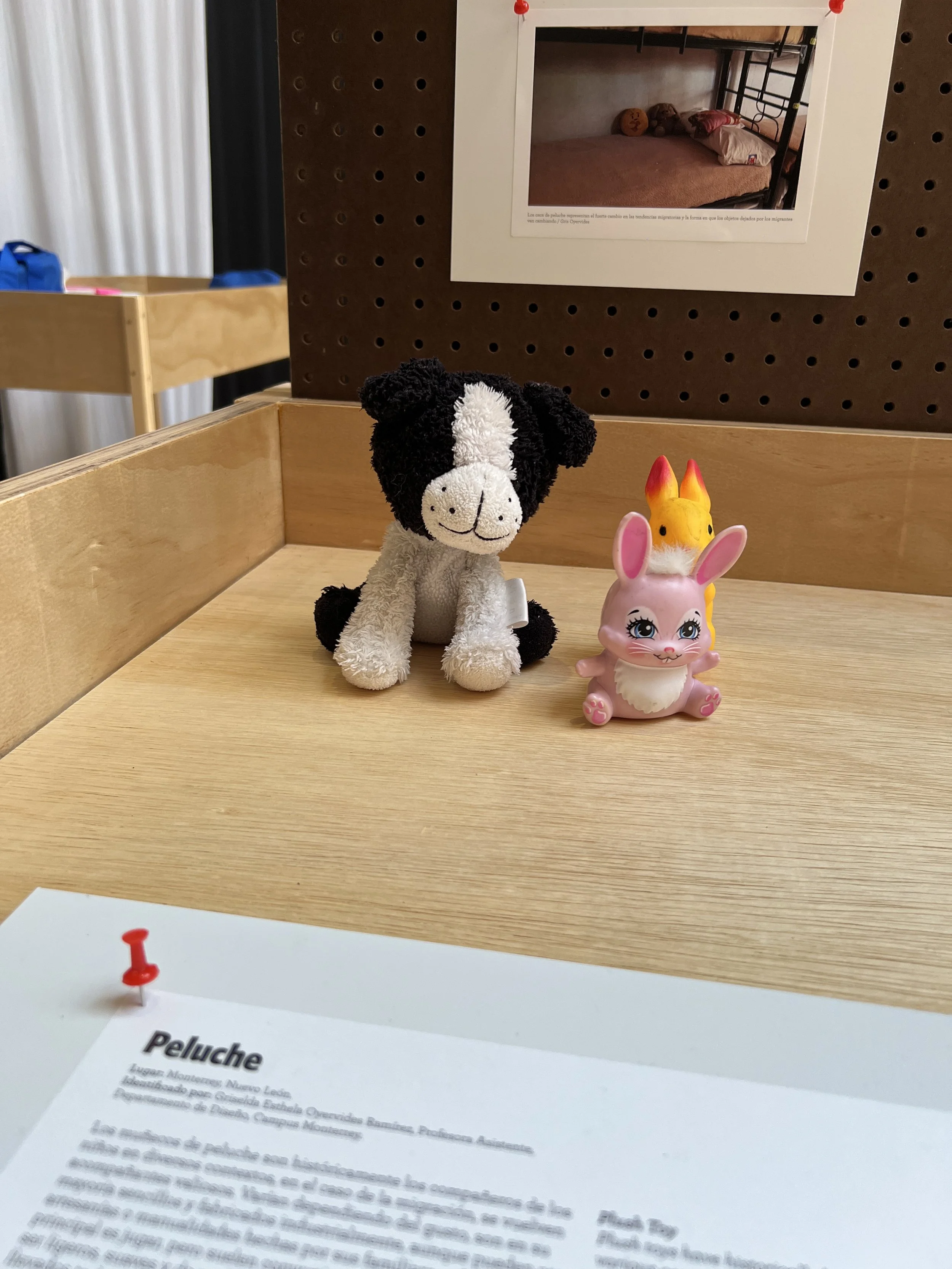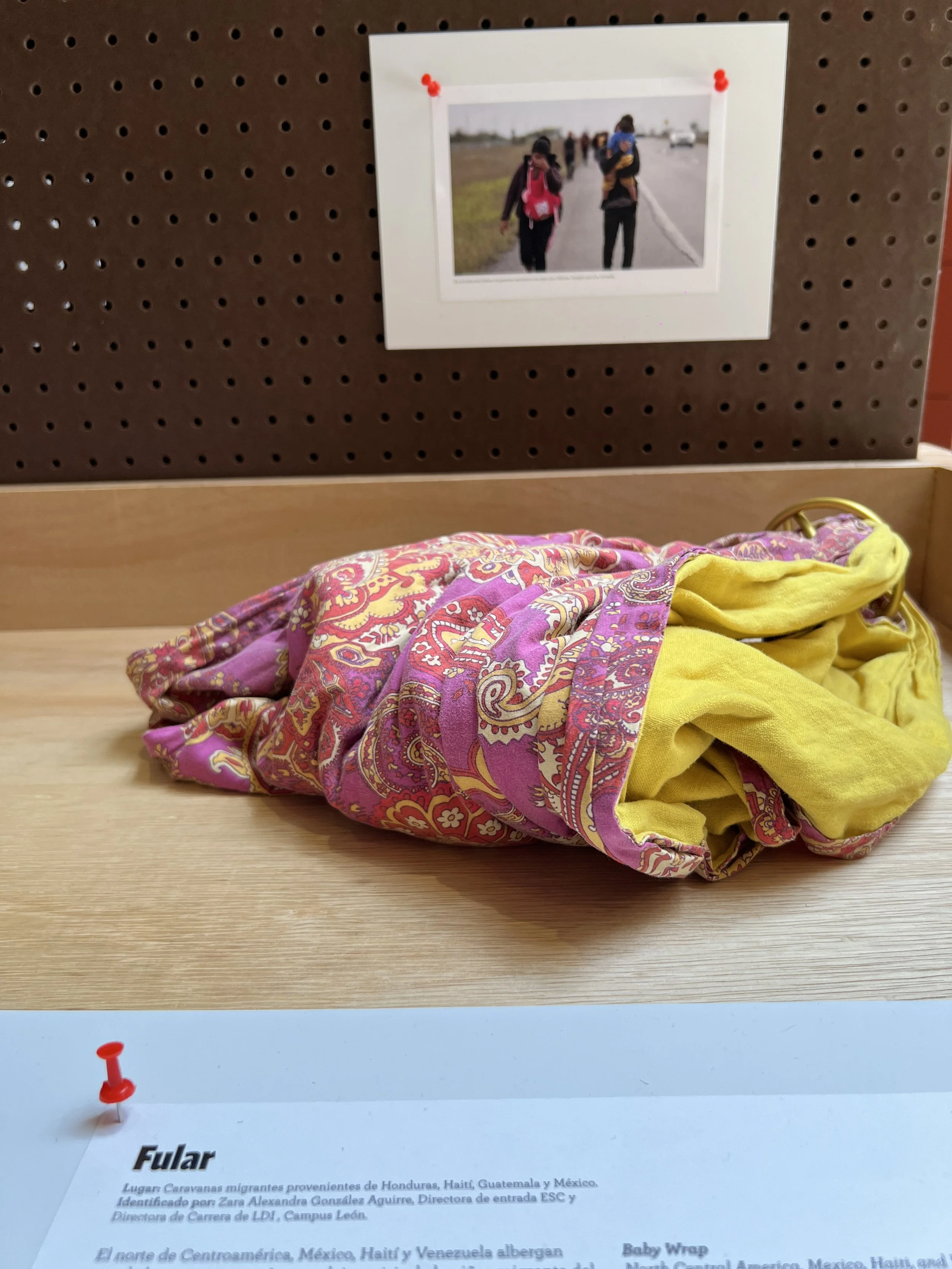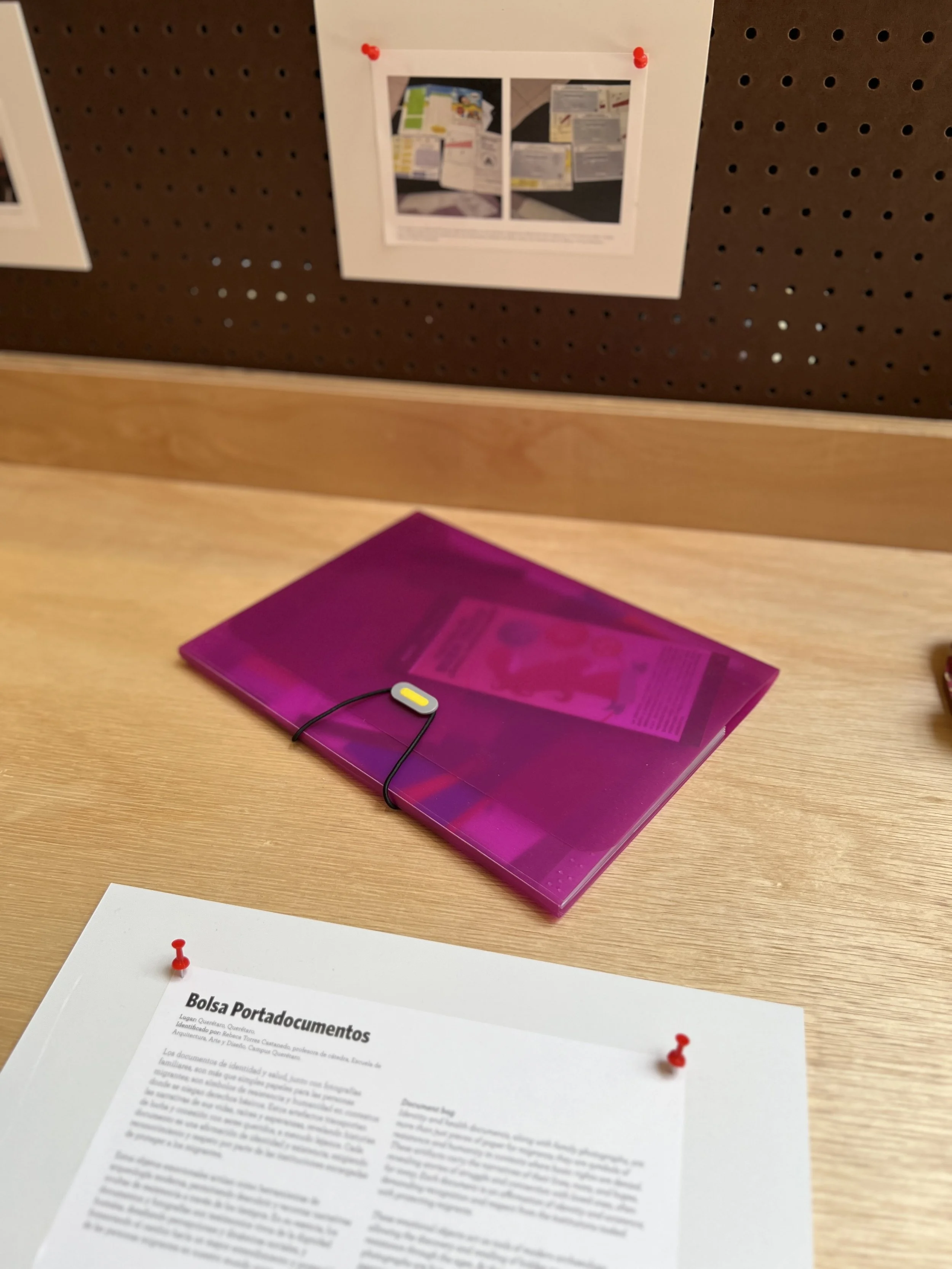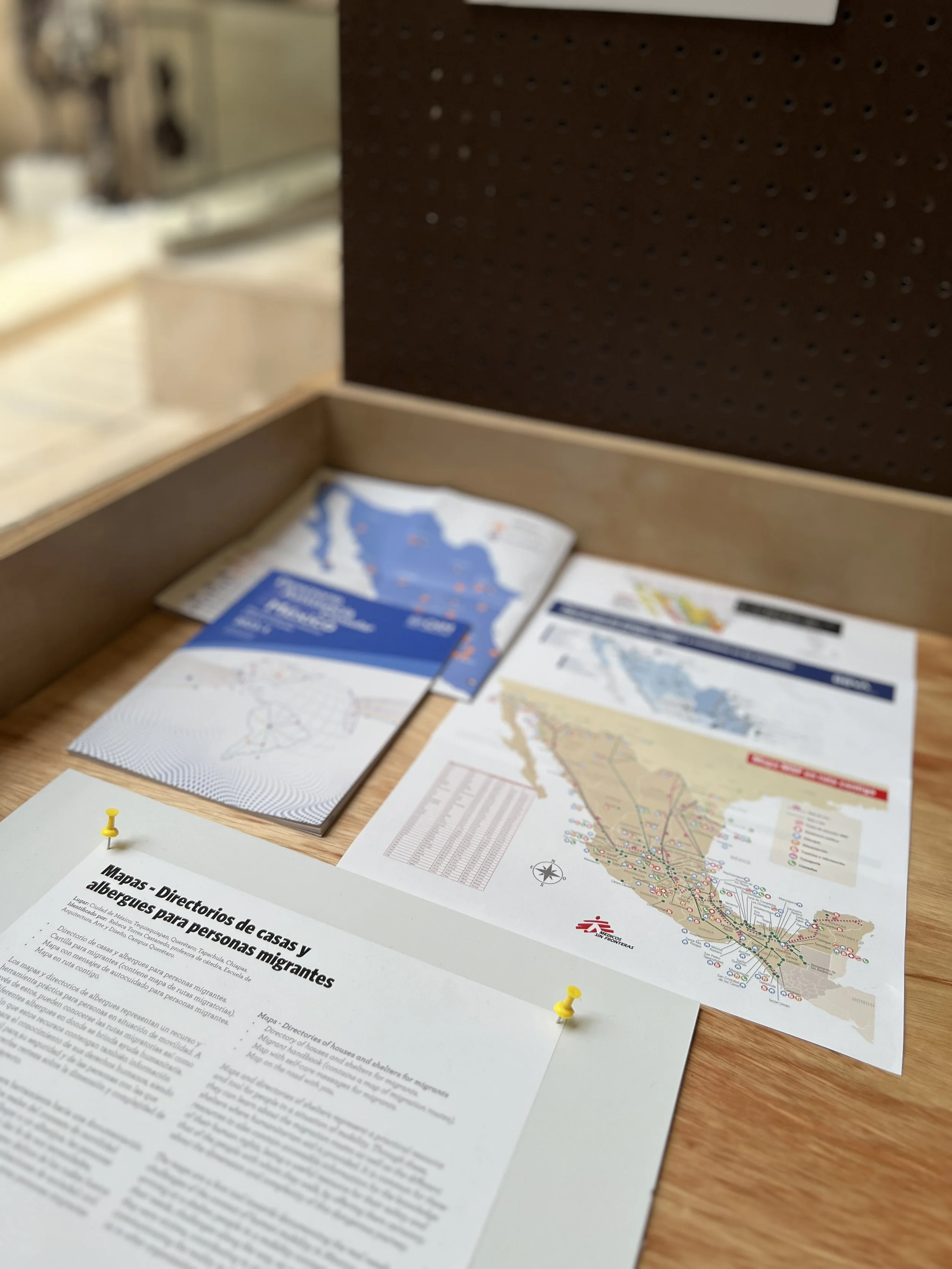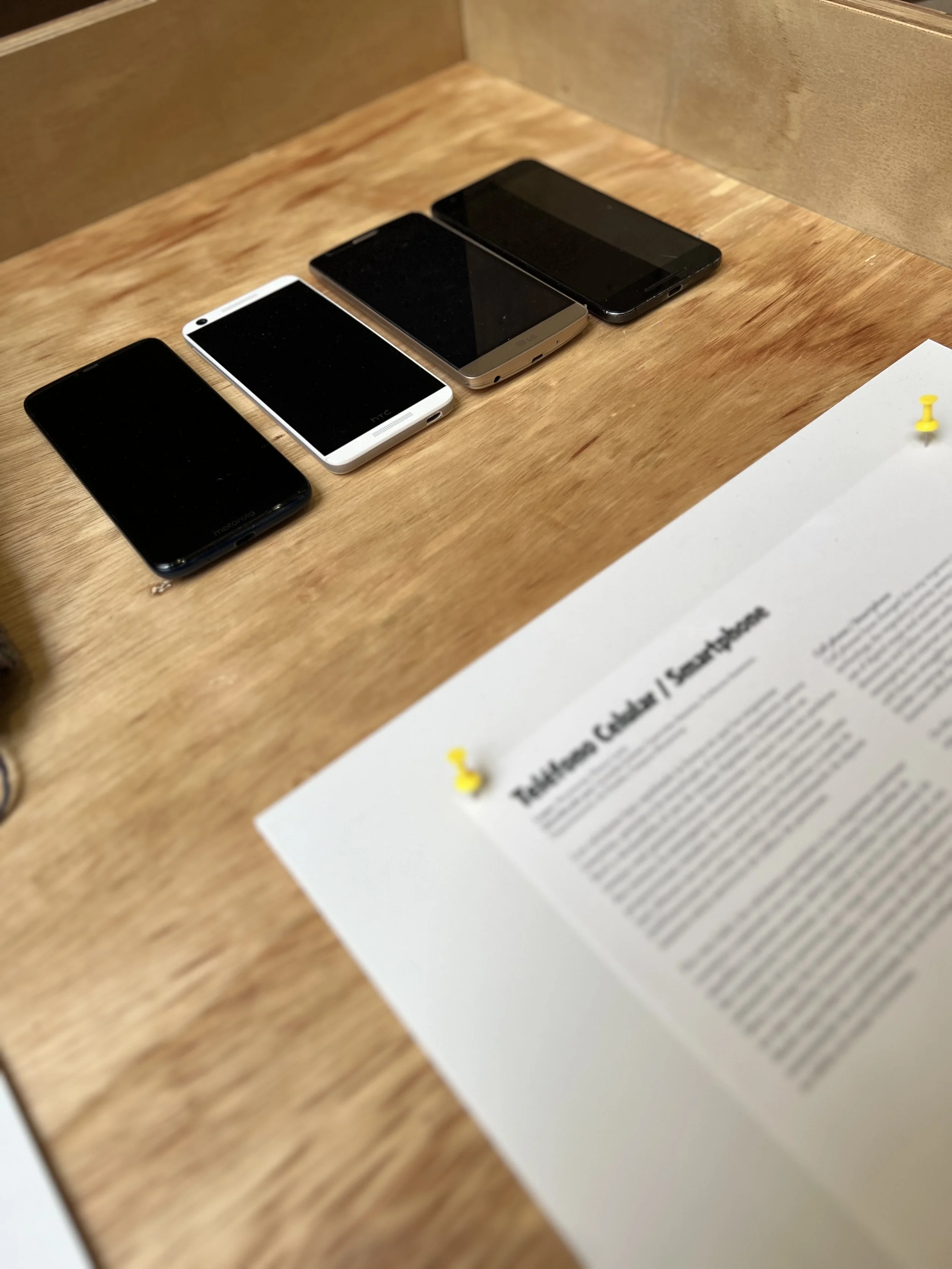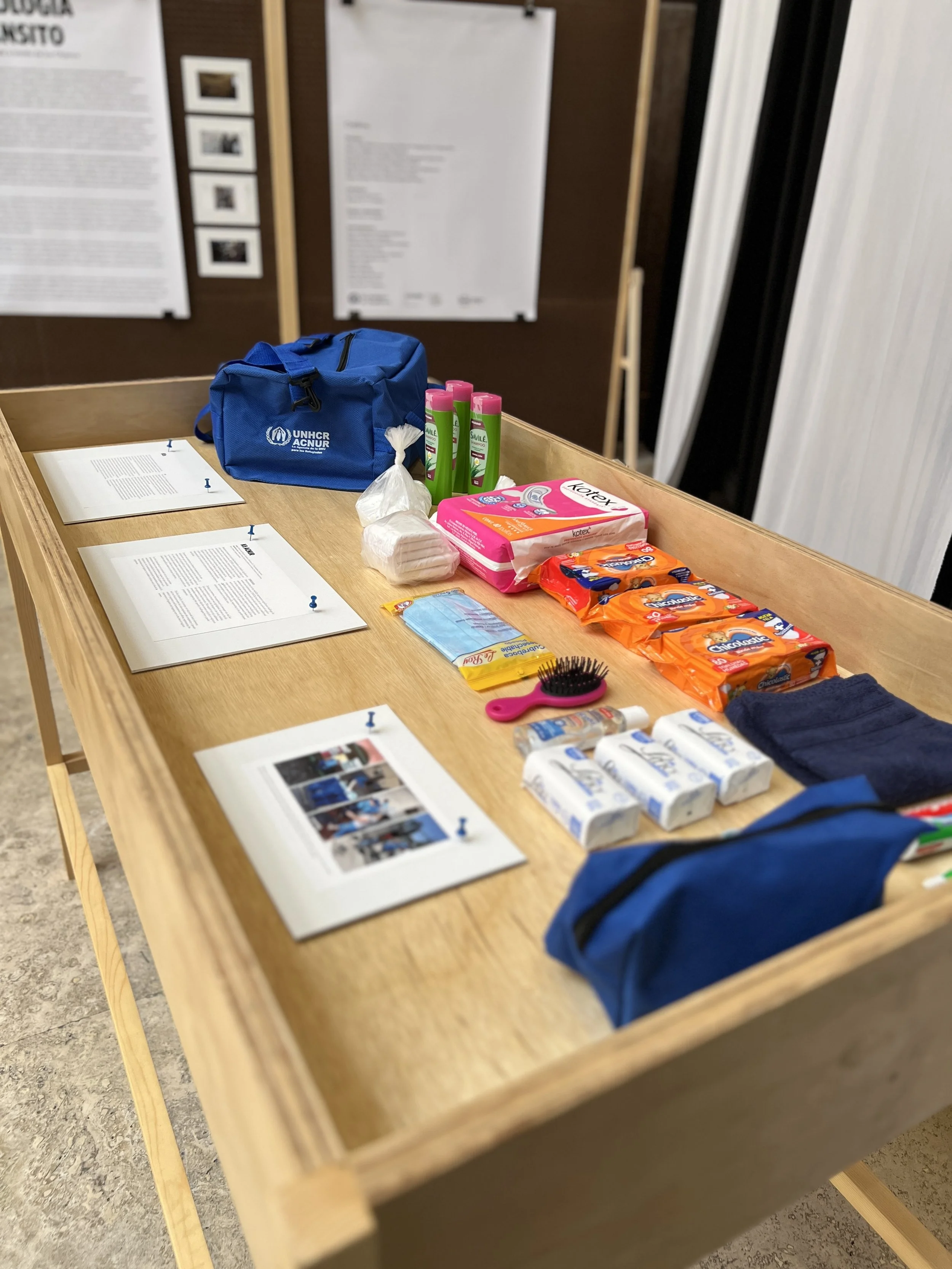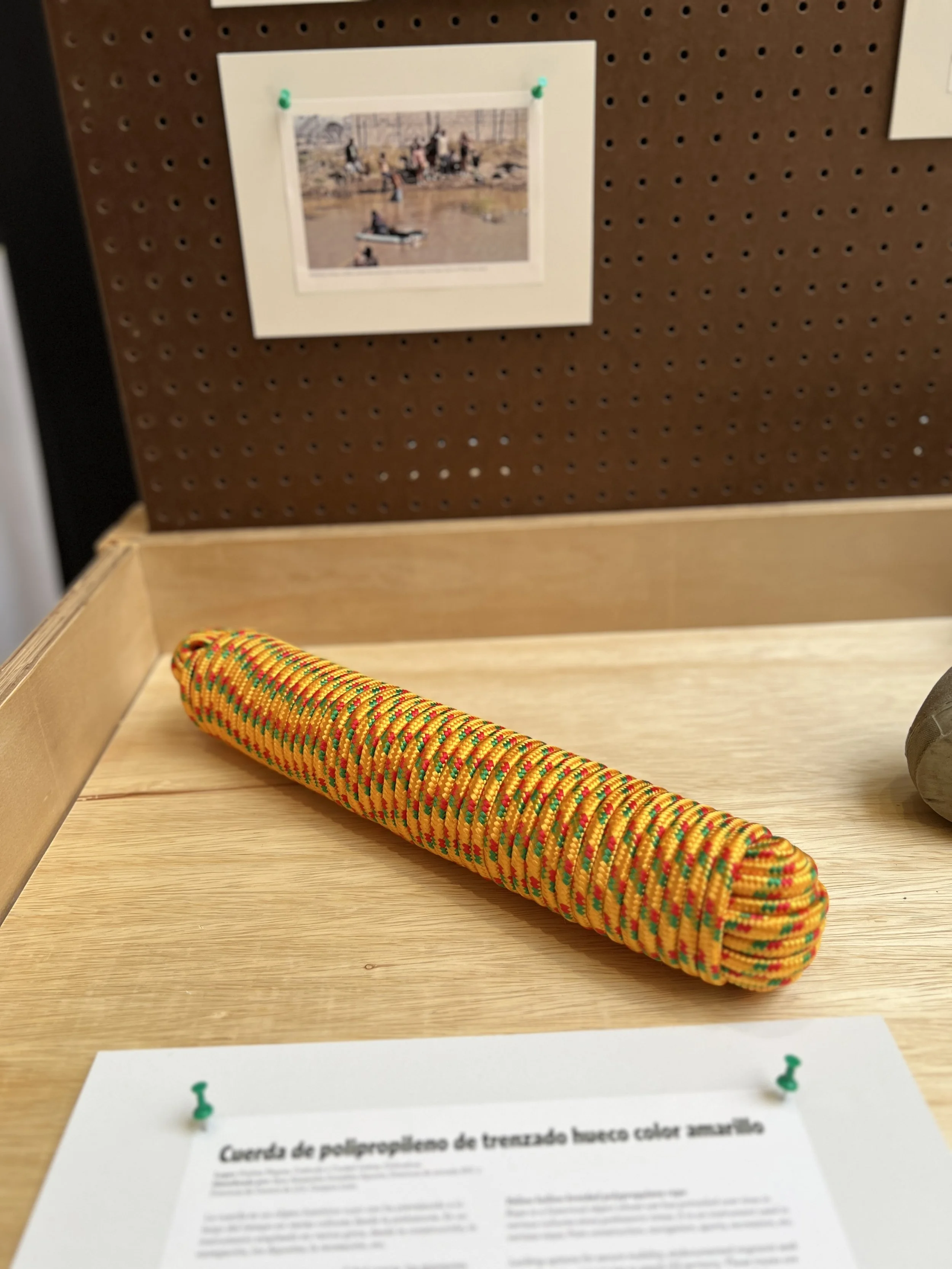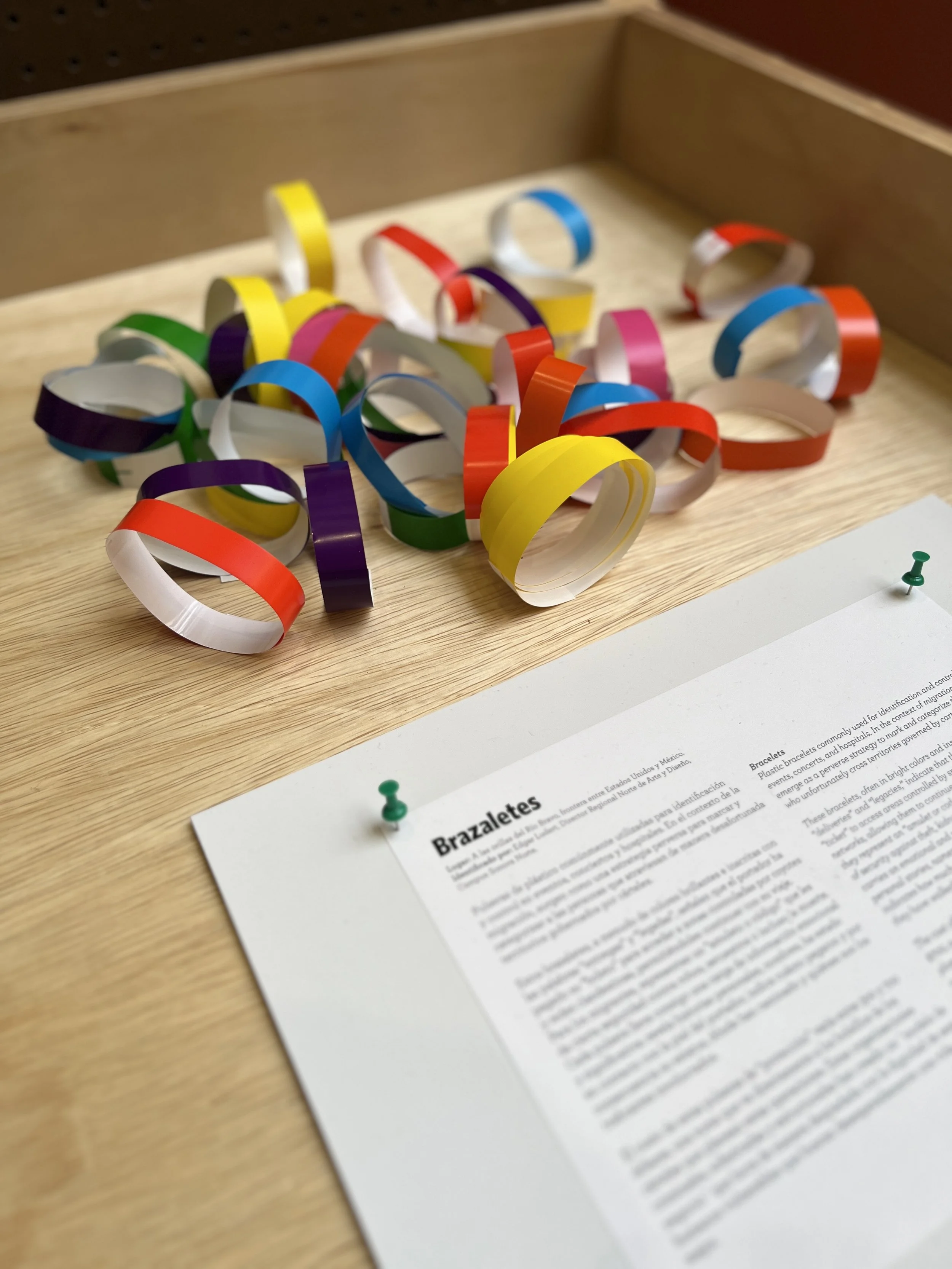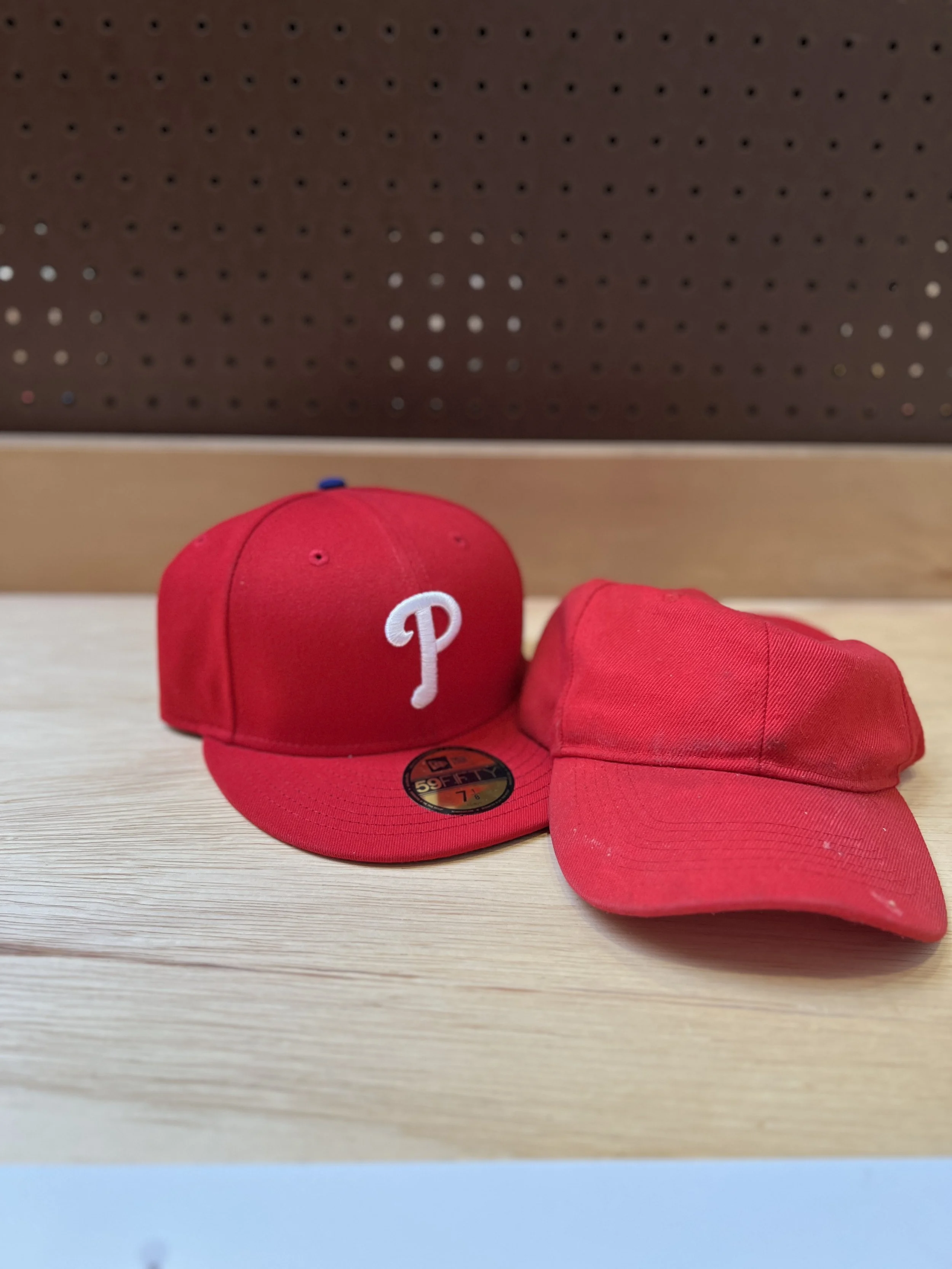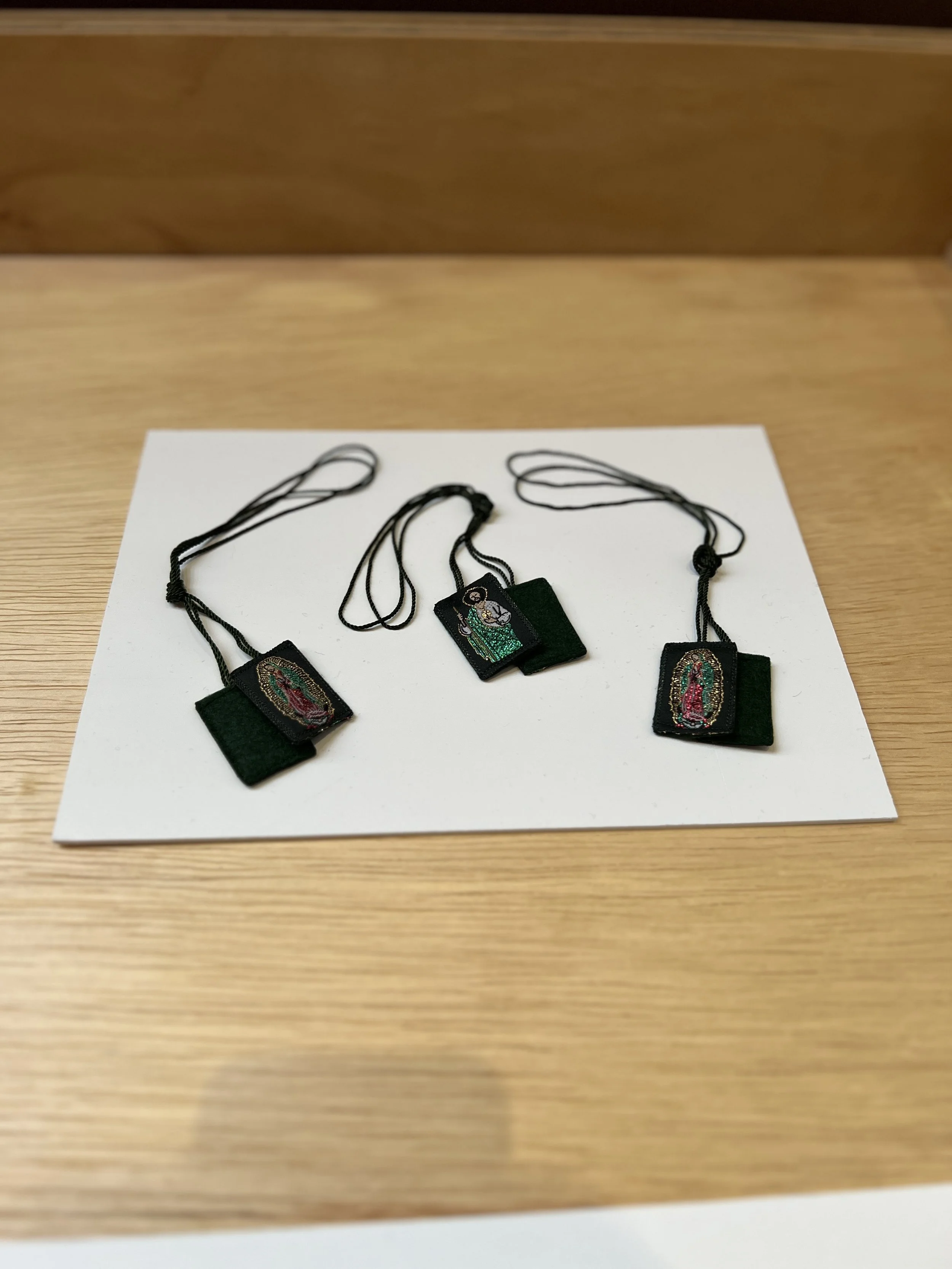Archaeology in Transit
Migrant Experiences Through Objects
“Archaeology in Transit” is a compact but easily scalable traveling exhibition that tackles the subject through the tools of contemporary archaeology, ethnography, material culture, and design, focusing on the relationship between object and human being. The project is the result of mapping and selection work carried out by a dozen researchers from Tecnológico de Monterrey at various sites in Mexico, from Chiapas to Chihuahua. These "antennas" in the field have identified useful artifacts for narrating the migrant experience: the objects, which are silent witnesses, become protagonists of this narrative.
The objects were selected based on several criteria: the first relates to their being manufactured with a clear function; the second criterion is their capacity to convey emotional meanings; the third aspect pertains to the presence of a small or large visible change that the object produces in the territory or in people.
This work is part of the line of research initiated by Jason De León when he began studying the relationship between objects and people using the tools of contemporary archaeology. Our reflection began with one of the objects that was a subject of study: the plastic bottle. It is an essential item, characterized by its white color which, unfortunately, reflected the light of the guards' flashlights. Migrants, with limited resources, painted these bottles black using various techniques, such as applying shoe polish or black plastic bags. Later, starting in 2009, Mexican factories began marketing these products in black. The year 2009 plays a prominent role as a significant chronological indicator for us and for those interested in design, as it shows how demand stimulated supply, thus responding to specific needs.
The exhibition is also an opportunity to reflect on the issue of borders today: currently, there are around 80 borders worldwide, most of them erected in the last two decades, and we continue to build them. However, the data clearly tells us: the more barriers grow, the more migrations and conflicts increase.
Objects speak to us of human suffering, of borders, of walls.
However, the idea of having borders belongs to the deepest instinct of humanity, and the earliest traces of barriers date back 12,000 years to the city of Jericho when a wall was built with a military purpose to protect the settlement and its water supply.
The exhibition highlighted several artifacts symbolizing the odyssey and resilience of migrants:
Baby Slings: Used primarily by parents carrying their children on difficult migratory journeys, baby slings represent not only a practical tool but also a symbol of warmth and protection for the most vulnerable children on dangerous routes. These textiles sustain life at the most precarious moments and testify to the struggle for a better future.
Camouflaged Shoes: Shoes are essential in the long journey of migrants, showing rigorous wear through their deterioration. Modified to minimize footprints, these shoes are a vital tool and a travel journal narrating the challenges overcome on the path to hope.
Identification Bracelets: These plastic bracelets, commonly used at events, take on a grim significance in the migratory context. Marked with inscriptions like "deliveries" and "arrivals," they indicate the payment made to coyotes to cross cartel-controlled zones, offering a false sense of security to those who wear them.
Phillies Caps: This accessory becomes an emblem of identity and solidarity among migrants traveling together. The caps not only provide protection from the elements but also serve as a means of connection and remembrance among travel companions.
The "Archaeology in Transit" exhibition not only displayed objects but also opened a window to the human stories behind each item, inviting deep reflection on migration and its inherent challenges. Through these objects, visitors were able to perceive the complexity of migratory experiences and the indomitable hope of those seeking new lives far from their homes. This exhibition was previously shown at CECUT during Tijuana Design Week.
Curators: José de la O, Pier Paolo Peruccio
Design & Identity: José de la O
Researchers: Zara Alexandra González Aguirre, Rebeca Torres Castanedo, Griselda Esthela Oyervides Ramírez, Luis Arturo Gil Islas, Zita Carolina González Guzmán, Gerardo Sandoval Osio, Edgar Ludert, David Sánchez Ruano

